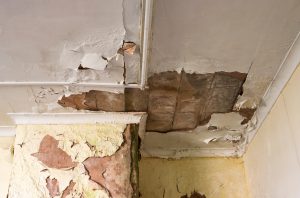Construction firms using software for materials tracking have a competitive edge. And during the pandemic, one company managed supply chain challenges in such a way it increased productivity.
New York City’s HAP Construction shares steps to protect against contract loopholes for a more successful project lifecycle.
9 Steps Construction Firms Can Use
The construction company said these logistics were implemented during the pandemic, but they are strategies that will prove effective every year.
1. Before the project start date, make a list of all materials to be purchased:
- Doors
- Finishes
- Fixtures
- Flooring
- Kitchen supplies/appliances
- Lighting
Sort the list to give an exact location of where items will be used.
2. Order all needed materials as soon as possible. Purchasing items earlier allows you to avoid future price increases due to supply shortages.
3. Materials are shipped offsite for storage. Designate a logistics manager to:
- Oversee all vendor purchase orders
- Receive/log materials deliveries
This enables more oversight and materials control. It also allows project managers to reduce subcontractor surcharges.
4. Using architectural drawings, create a building map that designates where specific materials will be needed and when.
5. Following every materials delivery, the logistics manager should inventory items to ensure the correct quantities were delivered and materials are undamaged. The logistics manager then updates the master list, showing the materials are stored and ready for jobsite delivery.
6. All items in storage should be sorted according to building site locations. Perform a second check to ensure everything is accounted for and undamaged.
7. Label all boxes/materials with an individual QR (quick response) code. When pieces are ready for delivery to the construction site, the workers onsite can easily see where every piece of material or equipment needs to be.
8. When possible, all materials for each task should be delivered together. This reduces the number of deliveries and the number of trucks in traffic which lowers gas emissions.
9. Schedule jobsite deliveries after regular hours if possible. This frees hoists for workers that need them during the day. After-hours delivery also lets delivery crews get in and out quicker.
The time savings are measurable But it’s also morale-building when project workers and subcontractors can find the materials they need quickly and in the right spot.
Logistics for better business organization are what construction firms value. Construction Monitor takes building permit information and customizes it, making it easier, faster to use. Contact us to learn how our data can transform your marketing strategy.


Pingback: Construction Industry Supply Chain Challenges Continue – Construction Monitor